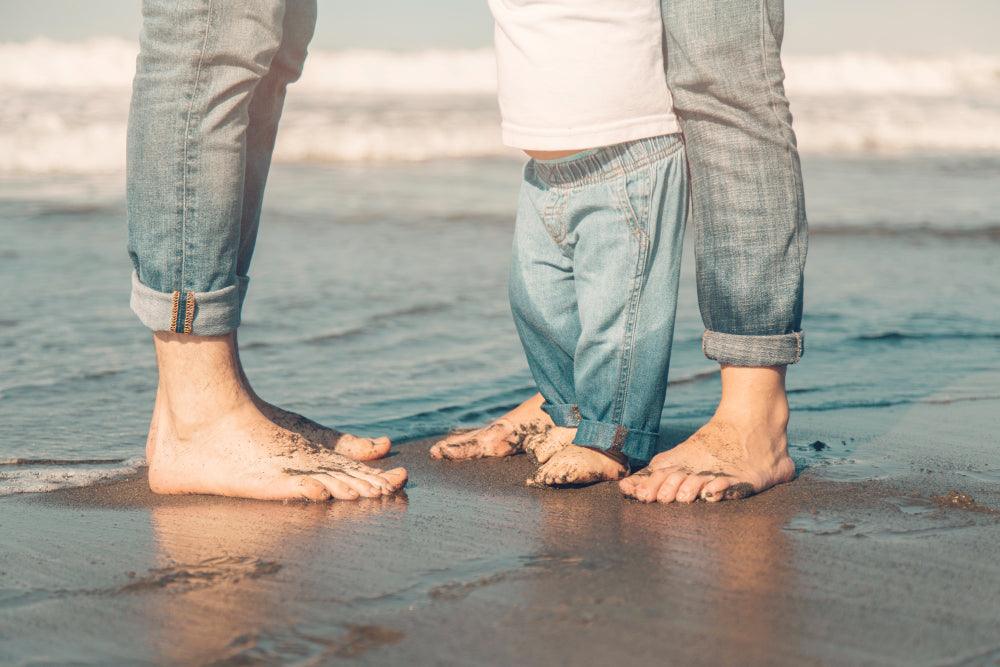Treatment Options for Verruca and Plantar Warts



A verruca (plural verrucae), also known as 'plantar warts', occurs on the bottom of your foot and between your toes. It might be difficult to tell whether you have one or not since they come in a variety of sizes and forms. They are typically, but not always, coated with hard skin (callus), and the centre of the verruca may have sporadic black spots.
The excessive development of keratin-producing cells, a tough protein, causes the skin to be so hard. The formation of these layers on top of one another results in hard skin. The black dots show capillaries, which are tiny blood vessels. It varies from person to person, so although some people may notice black dots, others might not.
The epidermis is the only layer of skin affected by the verruca virus. It belongs to the family of the Human Papilloma Virus (HPV). Other physical lesions like cold sores or warts on your hands are caused by several strains of the human papillomavirus (HPV). In humid, warm, and wet settings, the HPV flourishes. In addition, it can thrive on many surfaces and environments since it is a virus. These include public swimming pools, shower facilities, or shared restrooms.
Furthermore, warts and verrucae are relatively common and are not a cause for concern; however, they should be treated due to their contagiousness. A verruca may spread to other body parts, especially the fingers. If your skin is injured or damp, there is a greater chance that you may spread a verruca.
The wart virus might potentially spread to other parts of your body. For instance, if you bite warts on your fingers, adjoining nails, or suck fingers with warts on, warts may spread around the lips, nails, and surrounding skin. Moreover, a weakened immune system might lead to the development of many difficult warts to remove. (For instance, if you have AIDS or are receiving chemotherapy.)
To prevent the spreading of warts to others:
To lessen the likelihood that warts may spread to other parts of your body:
The most widely applied therapies are salicylic acid treatment and freezing therapy.
Salicylic acid is included in several lotions, paints, and speciality plasters. This acid burns off the wart's outermost layer. Salicylic acid is available at pharmacies, or your health professional could prescribe one. If these are ineffective, a podiatrist may recommend harsher acid therapy.
Typically, salicylic acid is sold as a gel. When using the brand you purchase, read the package directions, or get guidance from your pharmacist.
Warts may also benefit from freezing. Practice nurses and many health professionals are skilled at this. Additionally, podiatrists provide private cryotherapy treatments. They are commonly used in liquid nitrogen. On or around the wart, nitrogen is administered or sprayed. Because liquid nitrogen is so cold, the wart tissue is destroyed during freezing and thawing.
Furthermore, up to 4-6 treatment sessions, and perhaps more, may be required to remove the wart altogether. The interval between each therapy session is about two weeks. Also, there are over-the-counter treatments that you may use on your own. These, however, cannot produce a freeze as cold as liquid nitrogen. They are likely less efficient; however, the research findings are not entirely apparent.
This brand-new procedure created in the UK delivers concentrated microwave radiation. This makes it possible to aim the energy extremely accurately, heating and eliminating the verruca. No local anaesthetic is required, and it just takes a few seconds.
It has a high success rate and less tissue irritation. In tests, Swift effectively removed more than 3 of every four persistent, long-lasting warts that hadn't reacted to prior therapy.

Most verruca treatments function by either freezing or applying acid to the verruca itself. Verruca needling works by boosting the immune system of your body to combat the illness. It entails inserting a tiny needle into the verruca to produce bleeding.
Verruca needling is performed while receiving a local anaesthetic, making it painless. The majority of individuals seldom feel much discomfort after that. Anti-inflammatory pain relievers should be avoided for at least 48 hours after treatment since there is a slight possibility that they might impair your body's capacity to fight off the virus.
If earlier therapies haven't worked, physicians may turn to further treatment. Unless there are issues or they are particularly severe, warts and verrucae are often not treated on the NHS. Many podiatrists provide it as a private (charged) service. The following are some methods for treating warts and verrucae that won't go away:
If you would like to learn more about verruca or warts, see our information page here.
For a full range of blood tests and medications, visit our Welzo Online Pharmacy Page. For more details, click here.










Plus get the inside scoop on our latest content and updates in our monthly newsletter.